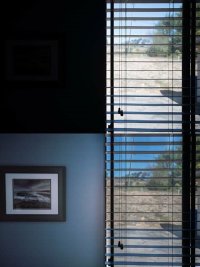Share your like and dislike features from A7r II
Dislike:
1. shutter and aperture dial feel cheap and small. Hard to turn
2. EVF not as good as A7s - especially shooting in low light. Has smearing look.
3. Don't see much benefits with back-illuminated Exmor R full-frame CMOS sensor with high ISO yet. Cut off line seems to be at 5000ISO.
These are early observations....
Like:
1. IS works good on my FE55mm. Was be able to shoot 1/5 without tripod
At this moment, I'm still favor my a7s...
Dislike:
1. shutter and aperture dial feel cheap and small. Hard to turn
2. EVF not as good as A7s - especially shooting in low light. Has smearing look.
3. Don't see much benefits with back-illuminated Exmor R full-frame CMOS sensor with high ISO yet. Cut off line seems to be at 5000ISO.
These are early observations....
Like:
1. IS works good on my FE55mm. Was be able to shoot 1/5 without tripod
At this moment, I'm still favor my a7s...

